Ughetta di Canneto (Vespolina)
Ughetta di Canneto, also called Vespolina, is used in blend with Croatina and Barbera in L’inaspettato and Buttafuoco wines, it is also present in the Ronc8tto wine.
Find out also how to adopt a vine of Vespolina or Ughetta di Canneto.

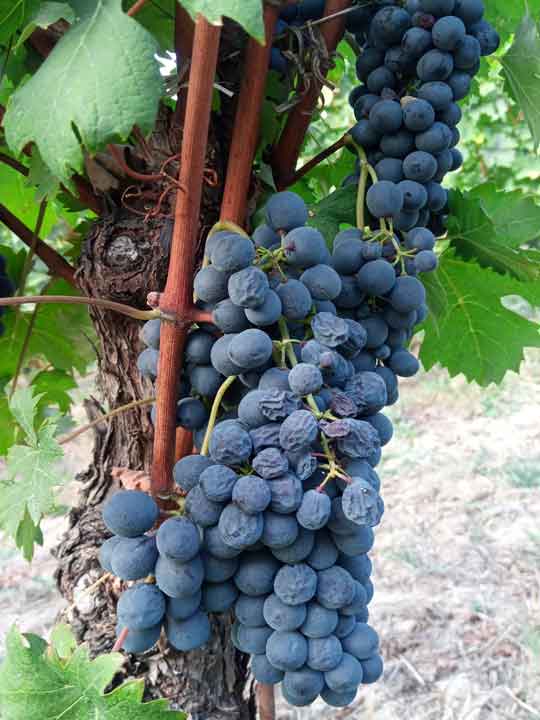
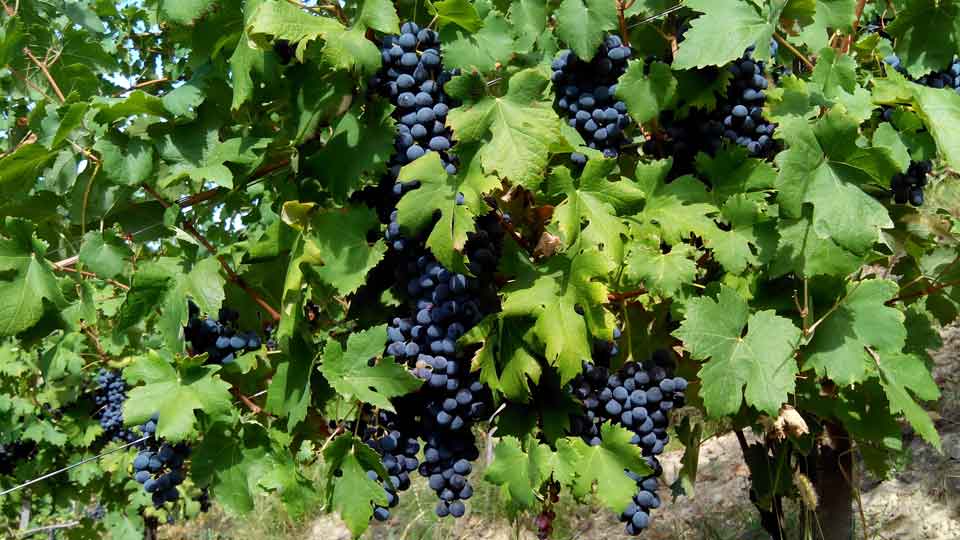
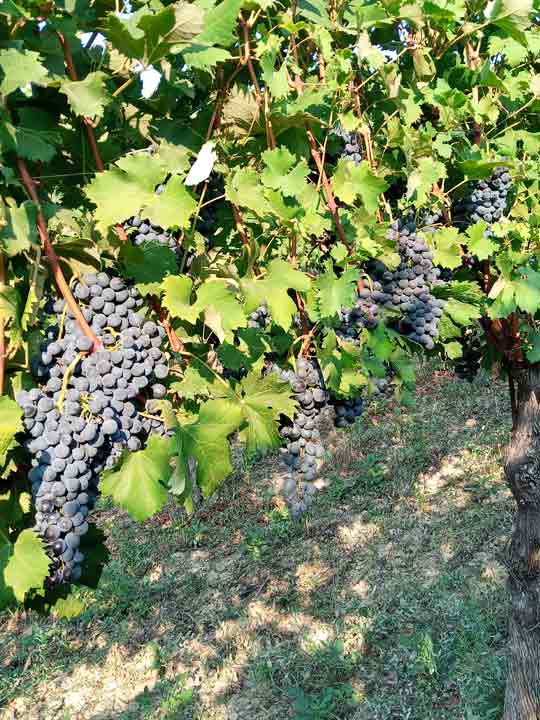
Historical background
The first descriptions were made by Acerbi (1885), followed by Galleso (1889), who called it Vitis vinifera Circumpadana. It lost importance with the advent of phylloxera, it matured irregularly when the plants were grafted on american rootstocks. Nowadays, with the improvement and availability of the rootstocks, this defect has greatly attenuated. The name Vespolina comes from the fact that wasps (vespe in Italian) look for this grape for its sweetness. In Lombardy it is known almost exclusively with the name of Ughetta di Canneto, from the name of the village of Canneto Pavese where it is widely cultivated; someone believe that it is a different variety developed locally.
Some ampelographic nods
Apex of the sprout of the plant is open, cottony, white. Adult leaf is small, pentagonal and five lobes, with wide breast petiole to U. Upper lateral breasts has overlapping edges or closed lyre and are very deep; Bottom lateral breasts even on overlapping edges and closed lira, are quite deep. Upper side is green, the lower one is light green in color and cottony even on main veins, of which those of the first, second and third degree are protruding.
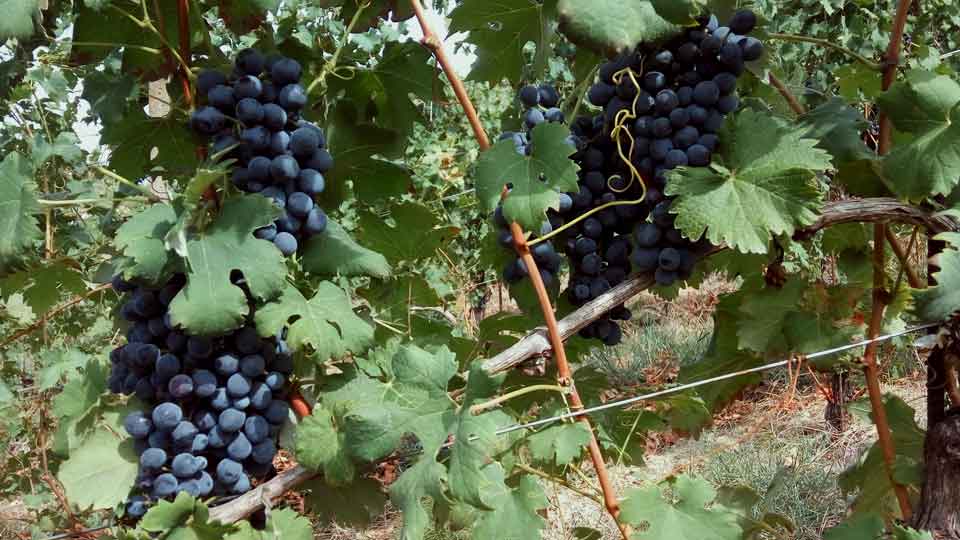

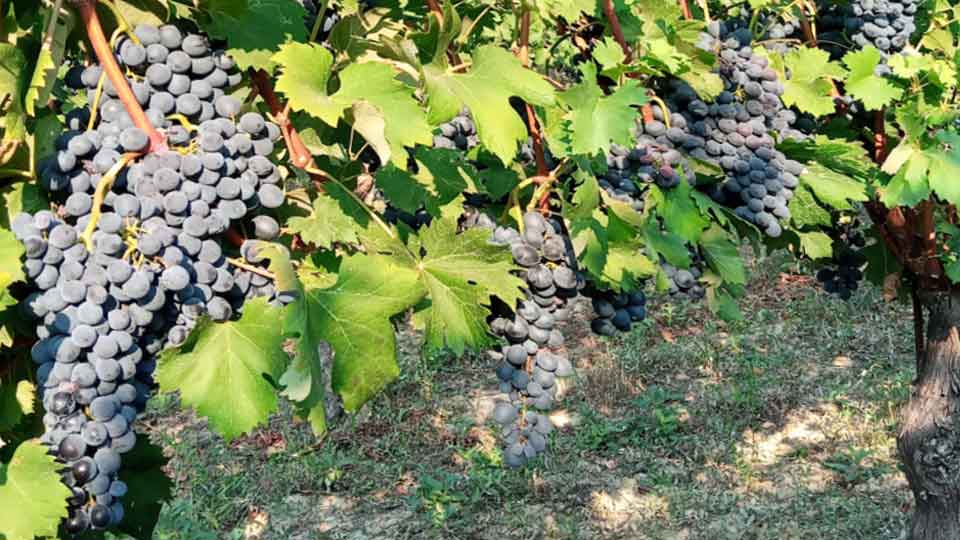
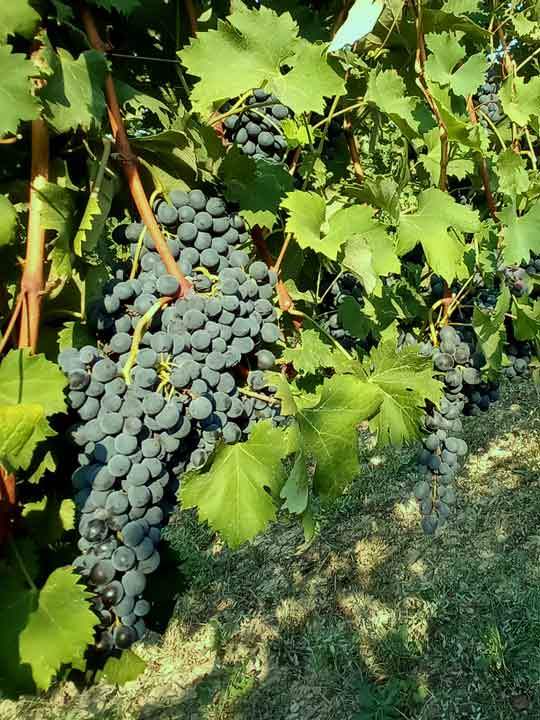
Medium sized bunch, medium compact, elongated, cylindrical or conical. Often has only a very long wing, the peduncle is long, herbaceous and thin. Grape is medium in size, regular ellipsoid with prominent, non-persistent navel. Skin is dark blue, almost black, pruinose but not much, quite thin and not very consistent. Juice is slightly colored or colorless; Pulp is soft and juicy.
